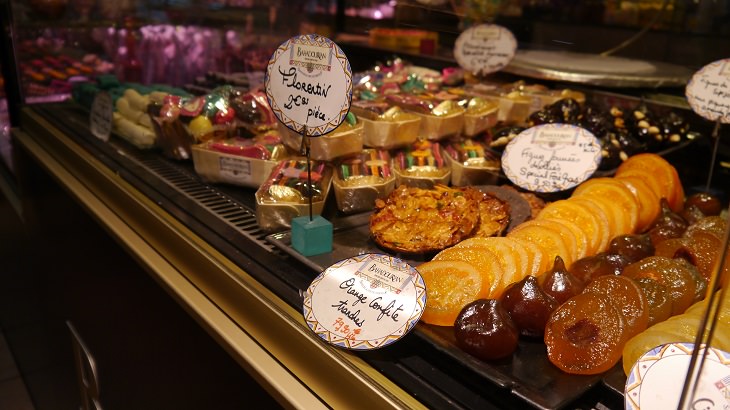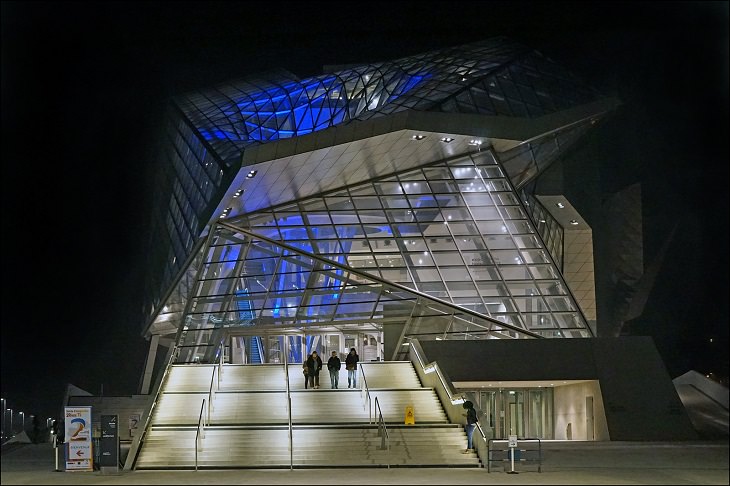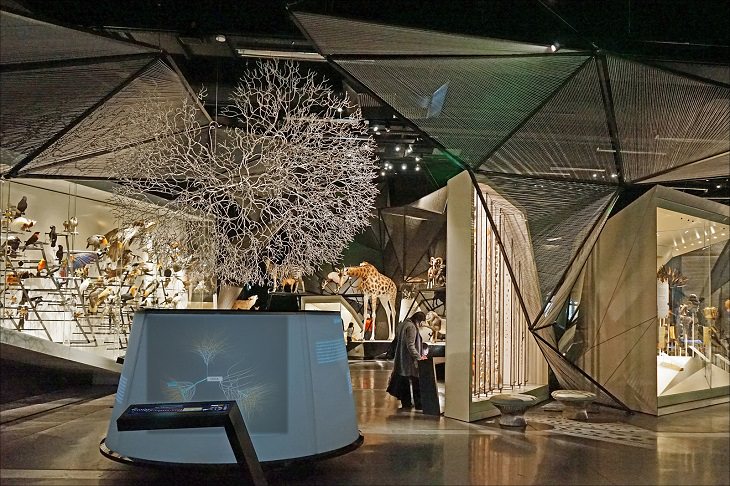
France is one of the largest and most important countries in Western Europe, as well as one of the most influential and historically significant in the region. When people think of French charm, they probably think of Paris, but Lyon is also full of typical French charm. The third largest city in the country, Lyon is a great tourist destination, full of life and vigor, with a long history dating back to the Roman Empire.
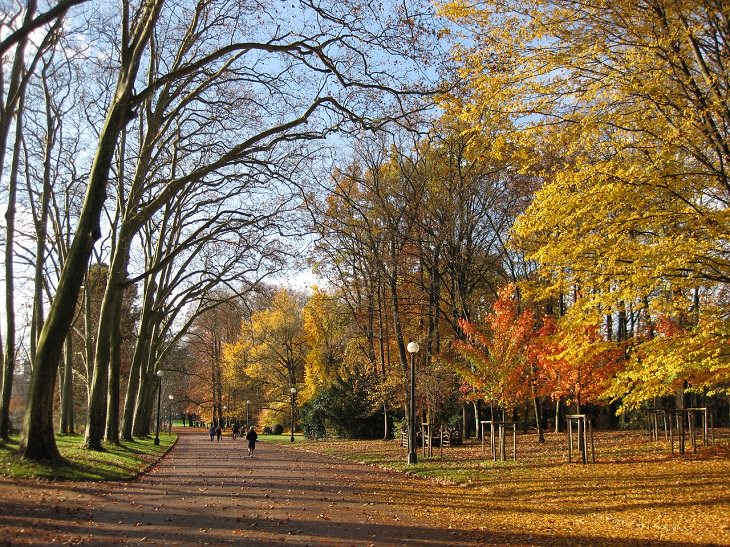
Large golden gates, which complete the paradise-like atmosphere of the area, welcome visitors to one of the most beautiful and fun parks in France. The Tet d'Or contains a huge lake where you can sail in boats, plenty of green lawns and shaded corners where you can spend your day pleasantly relaxing, just as the French are so fond of doing. You can also enjoy the zoo in Lyon, where you’ll see zebras, panda bears, beautiful and photogenic sand cats, and another 66 species of animals.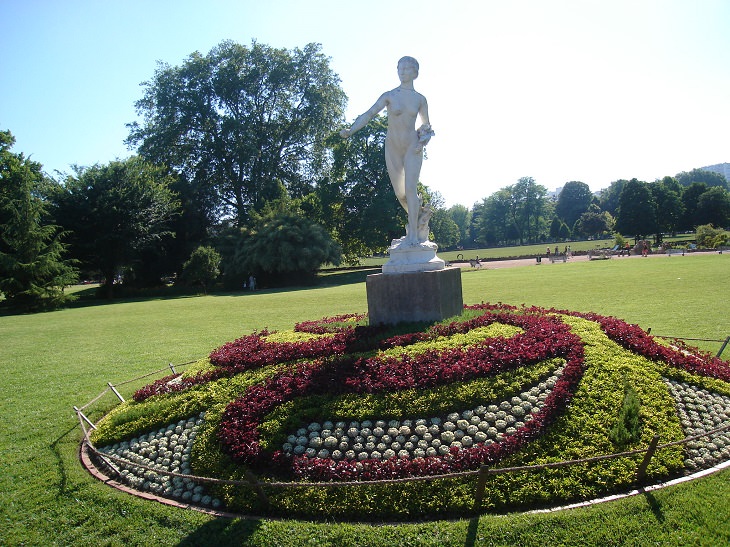

This beautiful basilica, built during the 19th century, dominates the skyline of Lyon and is the city’s "northern star" – you’ll never get lost if you keep eye contact with the huge structure that locals call "the upside-down elephants." In addition to viewing this place from a distance, reaching it and seeing it up close is definitely recommended, as the elegant interior of this church is spectacular, and the view of the city from the top of the hill on which it is located is worth the climb.
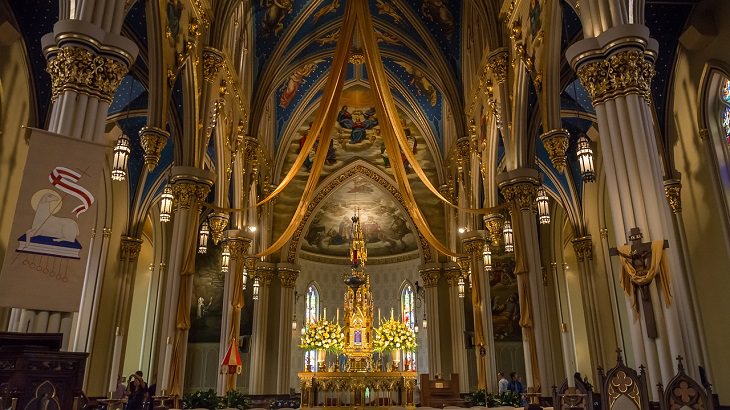
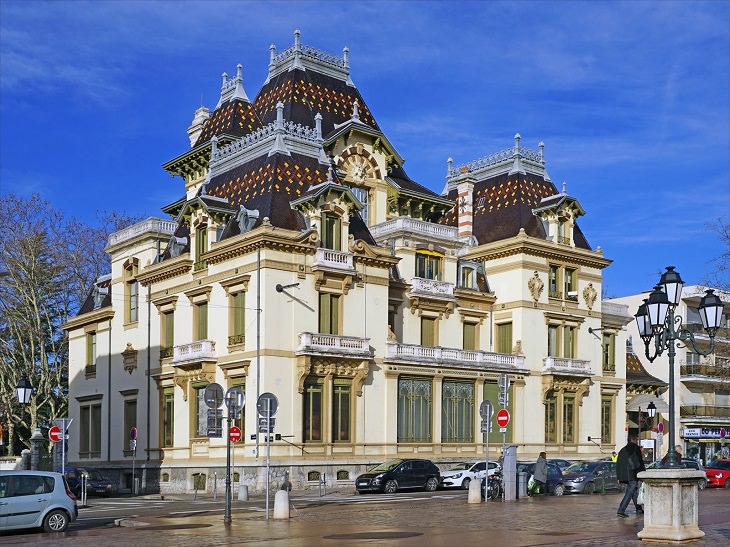
If you’re a film lover (who isn’t?) don’t miss the wonderful home of two of the founding fathers of this wonderful art: the Lumière Brothers - responsible for the invention of motion pictures, the camera, film and the projector. The Lumières moved to Lyon in 1870, and the pioneering brothers, August and Louis, even filmed one of the first ever motion pictures in it. Today their home serves as a museum that commemorates their work and holds many rare items from the early days of cinema.
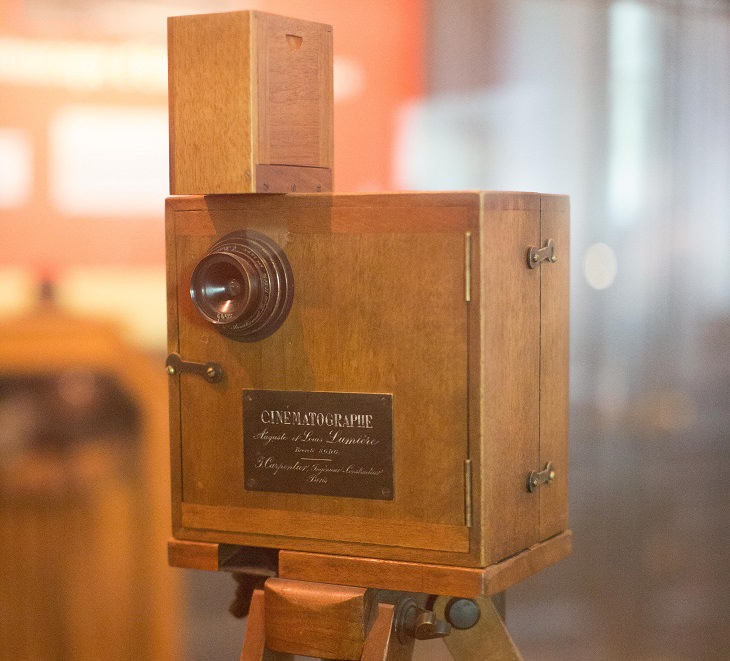
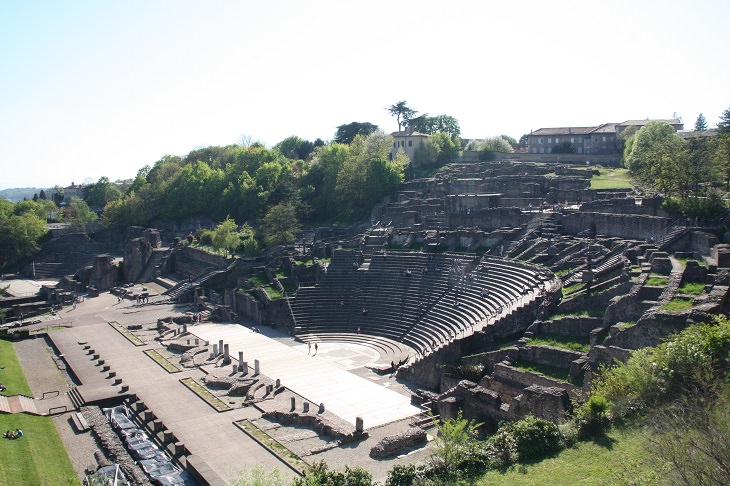
Not far from the Church of Notre Dame de Fourviére you can take a tour of Lyon's Roman Theater, built in the 15th century BC by Augustus Caesar, the famous Roman general. This is the oldest amphitheater in France that still exists, and on your visit here you’ll witness this impressive and well preserved architectural marvel. During the summer evenings there are various events such as concerts and musical performances - and if you manage to catch an event while visiting here, you are guaranteed an extraordinary experience.
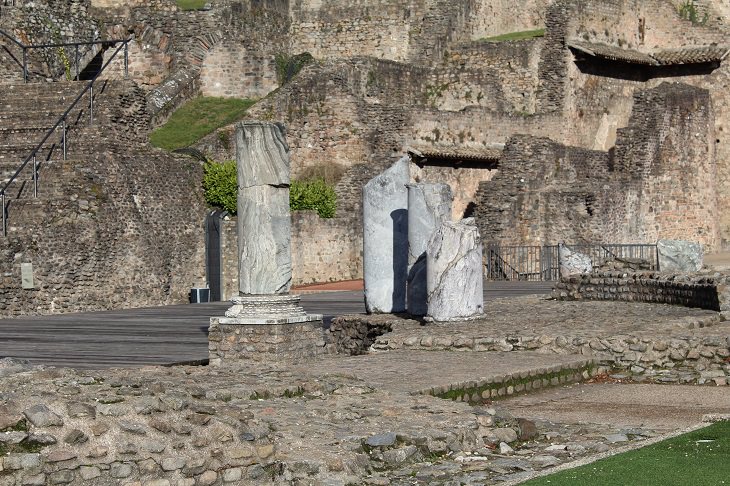
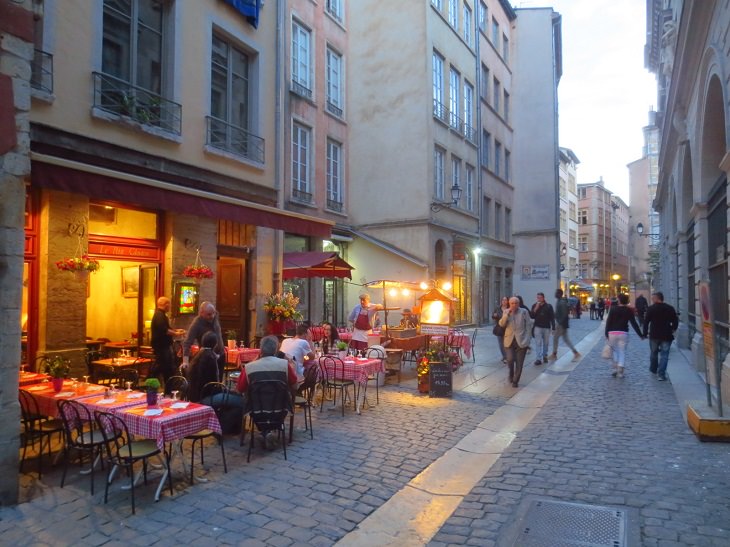
If you want to feel Lyon’s traditional spirit and enter a classic French atmosphere, go wandering around St. John's. In this area, where stone-paved streets and small courtyards have been preserved since the Middle Ages, you can find a multitude of picturesque squares filled with traditional restaurants and cafes where you can feast to your heart’s desire and understand why Lyon was named the "capital of gastronomy." You can also find a wealth of ancient buildings and fascinating museums, including the Museum of History and the Puppet Theater Museum.
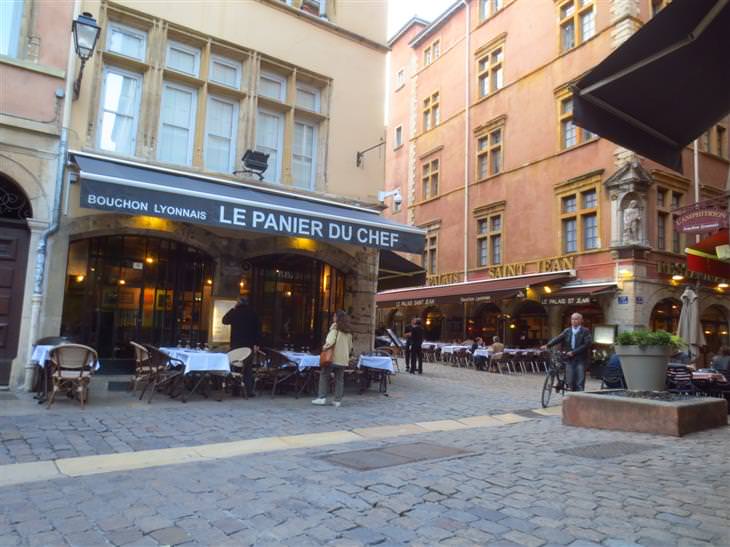
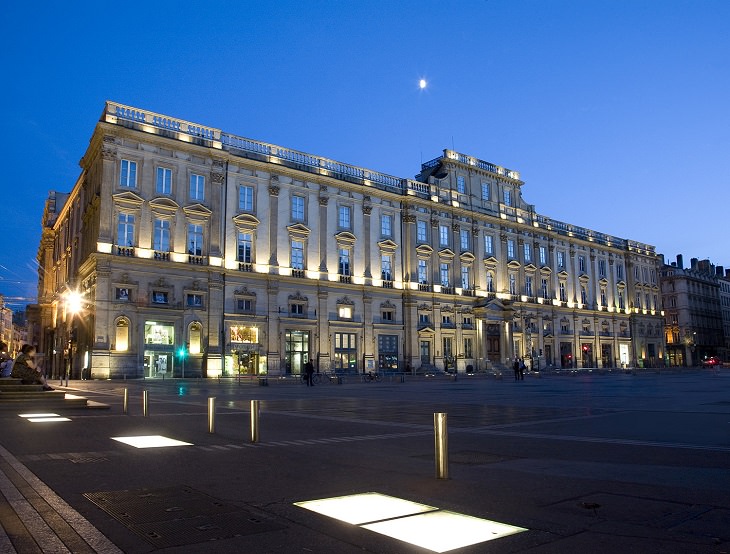
In the 18th century, during the French Revolution, a spacious building that had been used for many years as a convent was abandoned. The Lyon city council decided to transform it into an institution for the preservation of the city's cultural treasures. The change succeeded in exceeding expectations, and today the city’s Museum of Fine Arts contains one of the largest and most vast European art collections in the world and is a serious competitor to the famous Louvre Museum in Paris. If you are an art lover, this is a must-see site with more than 70 exhibition rooms where you will be able to see countless historical details and classical and modern sculptures and paintings together.
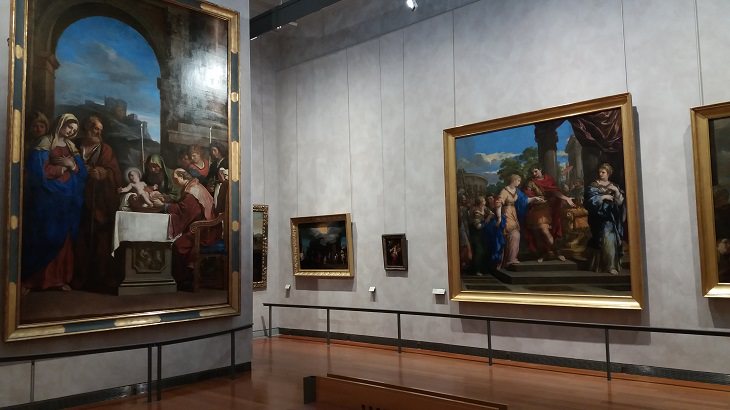
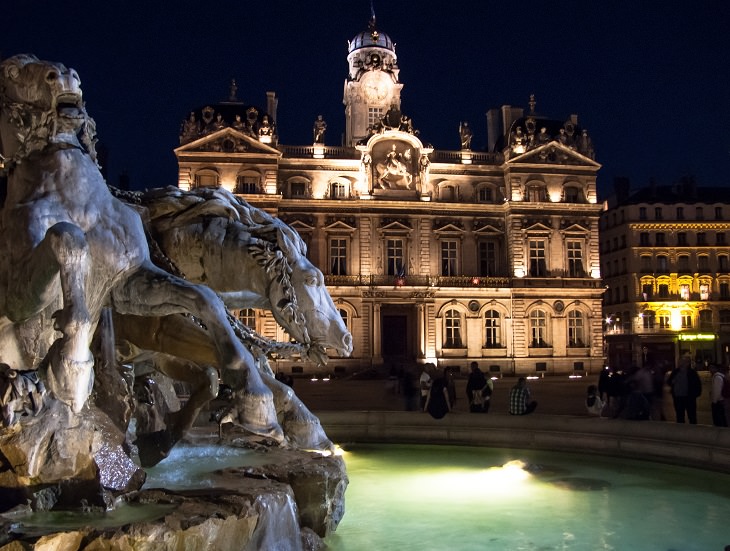
Just outside the Museum of Fine Arts, you will find the impressive Place des Terreaux. Originally a fortified fortress, it was converted into an urban square during the 17th century, and although in the days of the French Revolution it was a focal point for viewing executions by guillotine, it is now a quiet and peaceful place in the heart of Lyon. When you are here you can’t help but notice the impressive fountain set here, sculpted by Frederick August Bartholdi, the famous French sculptor of the Statue of Liberty in New York.


If you want to enjoy a chic and fashionable European atmosphere, breathe in the mountain air and witness the wonders of Lyon's architecture, climb to the fourth quarter of the city, the Croix Rousse district, located on a hill 254 meters above sea level. The most interesting architectural aspect of this area is the Traboules, secret covered passageways that wind through buildings and courtyards, which are a great way of exploring Lyon’s hidden side. The entire area is full of street art, second-hand fashion shops, and a unique atmosphere.
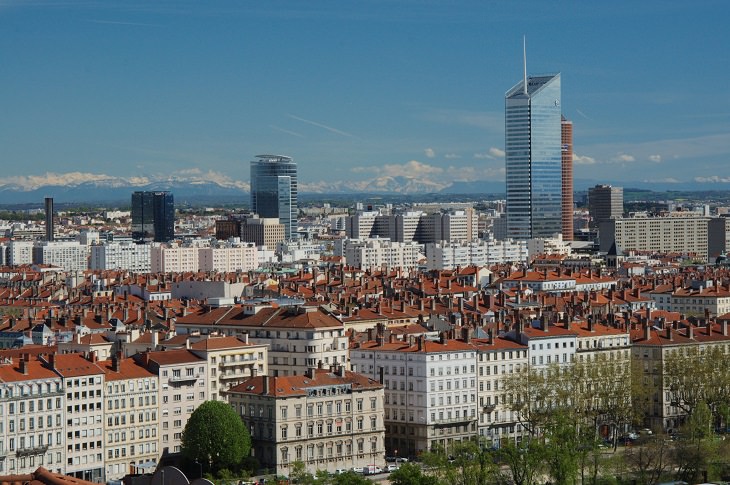
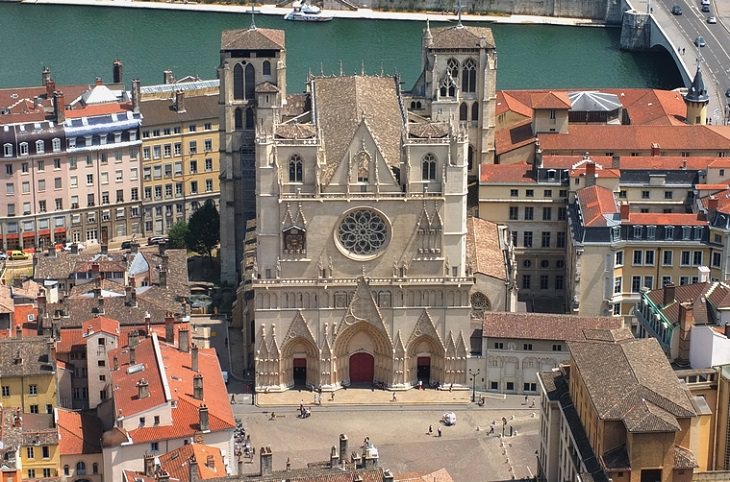
The Cathedral of John the Baptist, the full name of this church, is a very impressive building whose construction took over 300 years and was officially inaugurated during the 14th century AD. In this magnificent church, which features an impressive façade decorated with more than 280 stone medallions, you can see an ancient astronomical clock that was used as an example of the peak technology of the period, as well as the large and powerful pipe organ that was erected here in the 19th century.
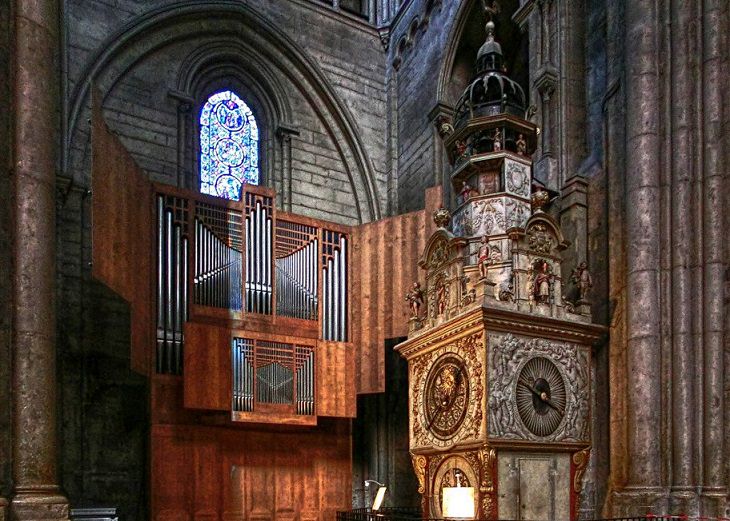

Behind these beautiful and unique flower gardens in the heart of Lyon, there is a moving story: The man who founded the Rosa Mir gardens is Jules Senis, a Lyon resident who was told one day that he was suffering from cancer, and while in hospital going through intense treatment, he promised himself that if he survived the disease he would plant a blossoming flower garden in the city - and so he did. He managed to beat cancer and devoted the 25 years of his life that followed to the construction of this beautiful garden, named after his mother. A wealth of mosaics and stone pillars await you in a row of gardens that create a wonderful maze, full of colorful flowers, roses, lemon trees and herbs, worth visiting every season of the year.
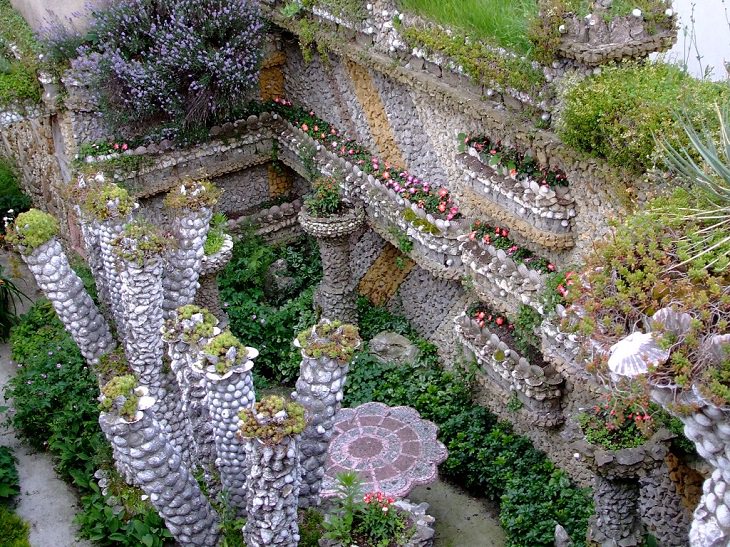
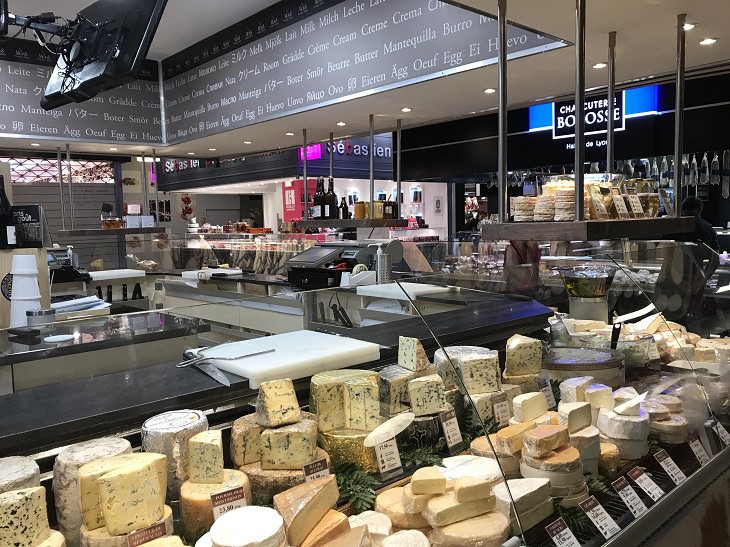
If you think you can walk around the culinary capital of France without visiting one of its fancy markets or restaurants – you’re wrong, and if you haven‘t done so then a tour of the city's covered market is the best way to get to know the wonderful local produce. Over 50 stalls are located in this wonderful market, named after the famous French chef Paul Bocuse - who owns many well-known restaurants all over the country, and you’ll find endless treats here; from an endless abundance of quality cheeses, to meats and various sausages to desserts and pastries that will just make you lick your fingers clean!
